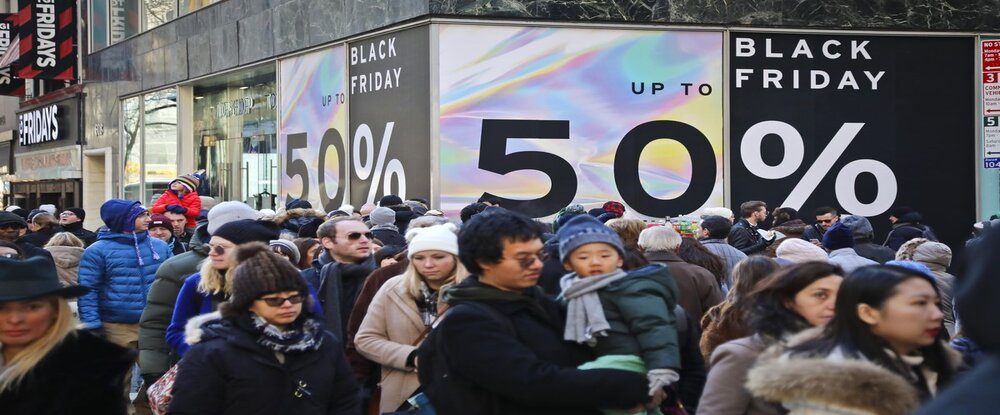Black Friday, as we have known it for decades, is the most impersonal, inconvenient shopping experience ever invented. With this holiday season’s in-person shopping prospects disrupted by pandemic risks, high-performing retailers are shifting to personalized digital commerce strategies that provide consumers with a seamless, holistic shopping experience. In other words, the antithesis of yesteryear’s Black Friday shopping norms.
According to IDC researchers, 65 percent of organizations will move to digital-first through automated operations and contact-less experiences as physical interactions become an amenity of the past. Translated to the retail industry, timed product discount windows will not be enough to secure customer loyalty that turns into sufficient profits this season or after. Customer loyalty now comes down to understanding and managing the entire shopping experience, from the moment someone hears about a product, researches their choices, navigates the company’s website, and makes a purchase decision.

Connected Data Changes Customer Experience
While IDC surveys found that people are increasingly using self-service technology, what’s happening behind the scenes – from retail product sourcing through sales – is also driving shopping experience transformation. When a consumer purchases a product online, surveys and other feedback loops at any time can capture their experience, including satisfaction levels with the buying process, shipping and delivery, the product itself, and follow-up services. Bringing this data into the rest of the company, such as product development, supply chain, and marketing, transforms the relationship between customer and retailer in ways that last long after the crush of any Black Friday sale.
“Companies are becoming intelligent enterprises that are able to listen, understand, and act on what customers are experiencing,” said Francesco Rovico, senior business enterprise consultant at SAP. “By connecting customer experience with operational data, retailers can differentiate by delivering more personalized shopping experiences to consumers for brand loyalty and revenue growth.”
Turning Data Into Targeted Offers
This transformed shopping experience upends a slew of Black Friday traditions, such as rushing into stores at midnight only to find the shelves devoid of the specially priced product we coveted. In fact, the point of understanding the customer experience and connecting data company-wide is to prevent supply chain shortages.
For example, retailers could collect and analyse consumer sentiment about purchasing an advertised product by incentivizing them with discounts to take a survey. When the consumer responds to the survey by scanning a QR code, retailers can securely capture their personal data from social media or sign-up information on the company website. Getting the answers to questions like whether or not someone was interested in a product – or if a discount would be valuable – and combining that data with inventory and supply chain data could allow retailers to better stock products aligned with projected customer demands. It can also help retailers personalize offers.
Experience Management is Here to Stay
There is no reason why retailers could not incorporate customer experience management strategies into everyday shopping. Suppose a customer leaves without emptying their virtual shopping cart but they have previously purchased a certain number of products. Retailers could automatically text or email a discount coupon with the most appropriate offer based on that consumer’s continuously updated profile to bring them back and even refer a friend.
Retailers can also collect feedback about the consumer’s experience at any point of the return process – whether by phone, text, chat, or online survey – triggering personalized discounts on related items. Using this information, retailers can better understand a customer’s likelihood to purchase a product and act on that feedback in near real time. And when in-person shopping returns, retailers will also need to bring that data into everything else they understand about their customer.
As for Black Friday’s demise this year, I have never viewed waiting in cold parking lots in the middle of the night or struggling to get through unruly crowds as shopping amenities. My holiday wish is that experience management moves from seasonal trend to shopping mainstay.

